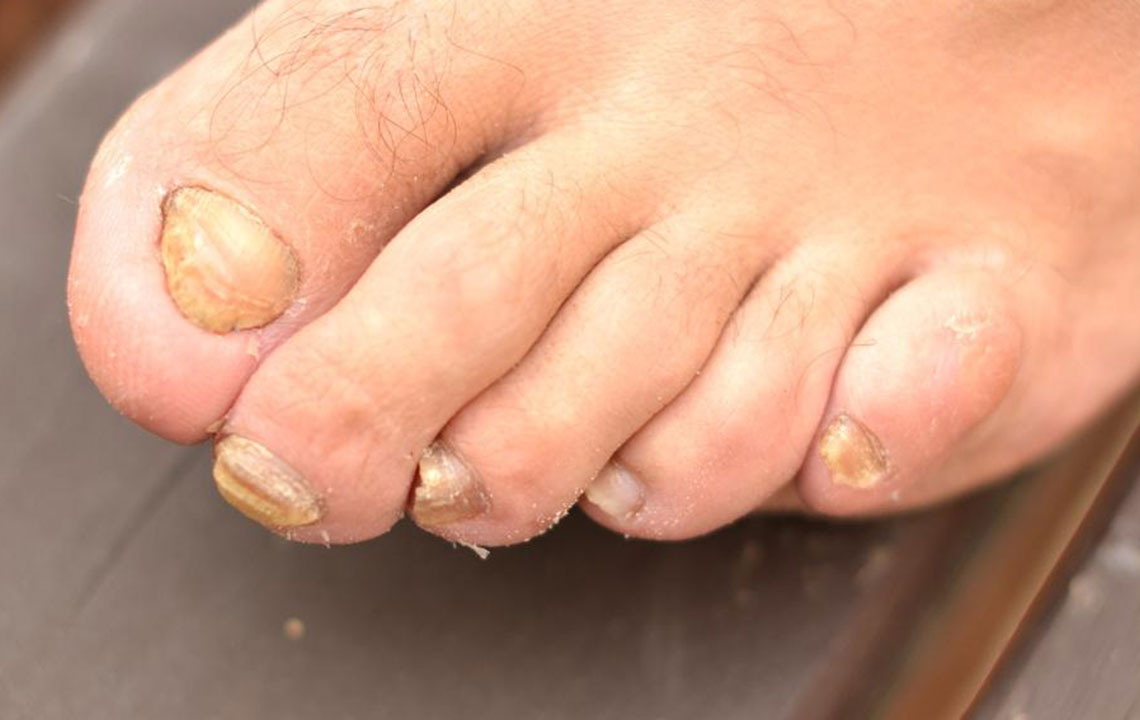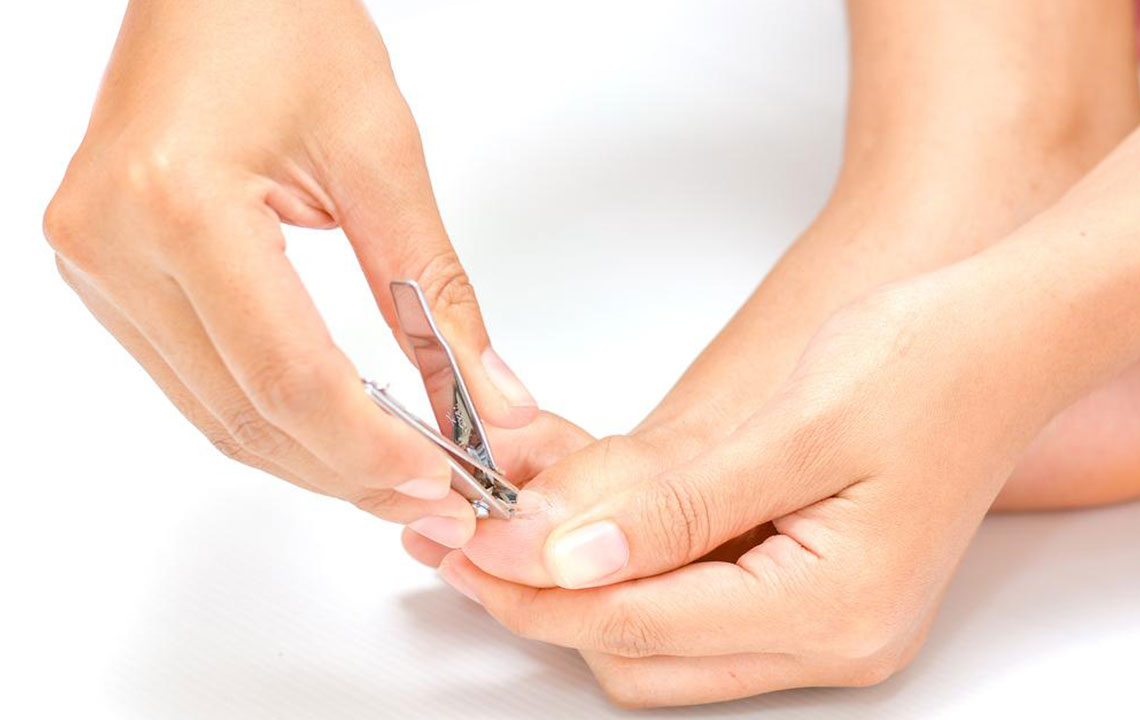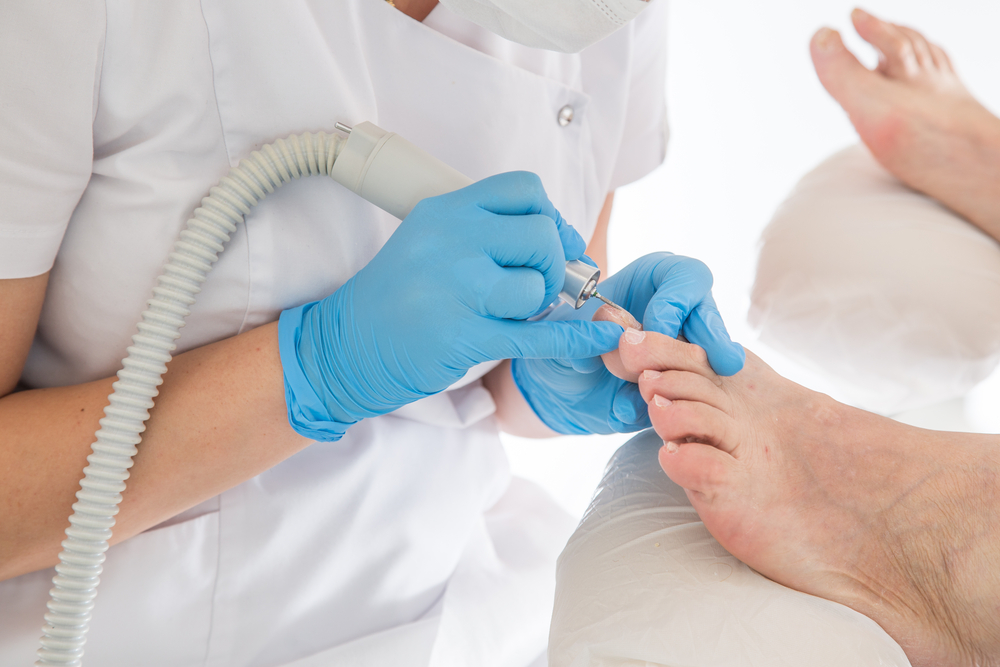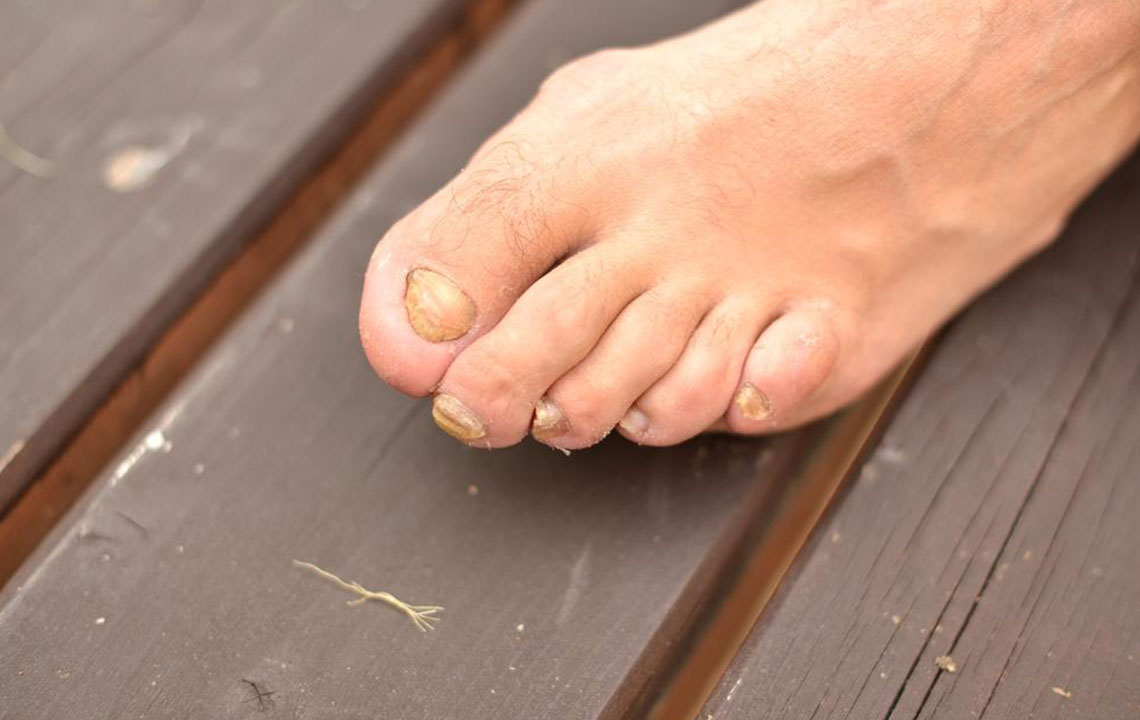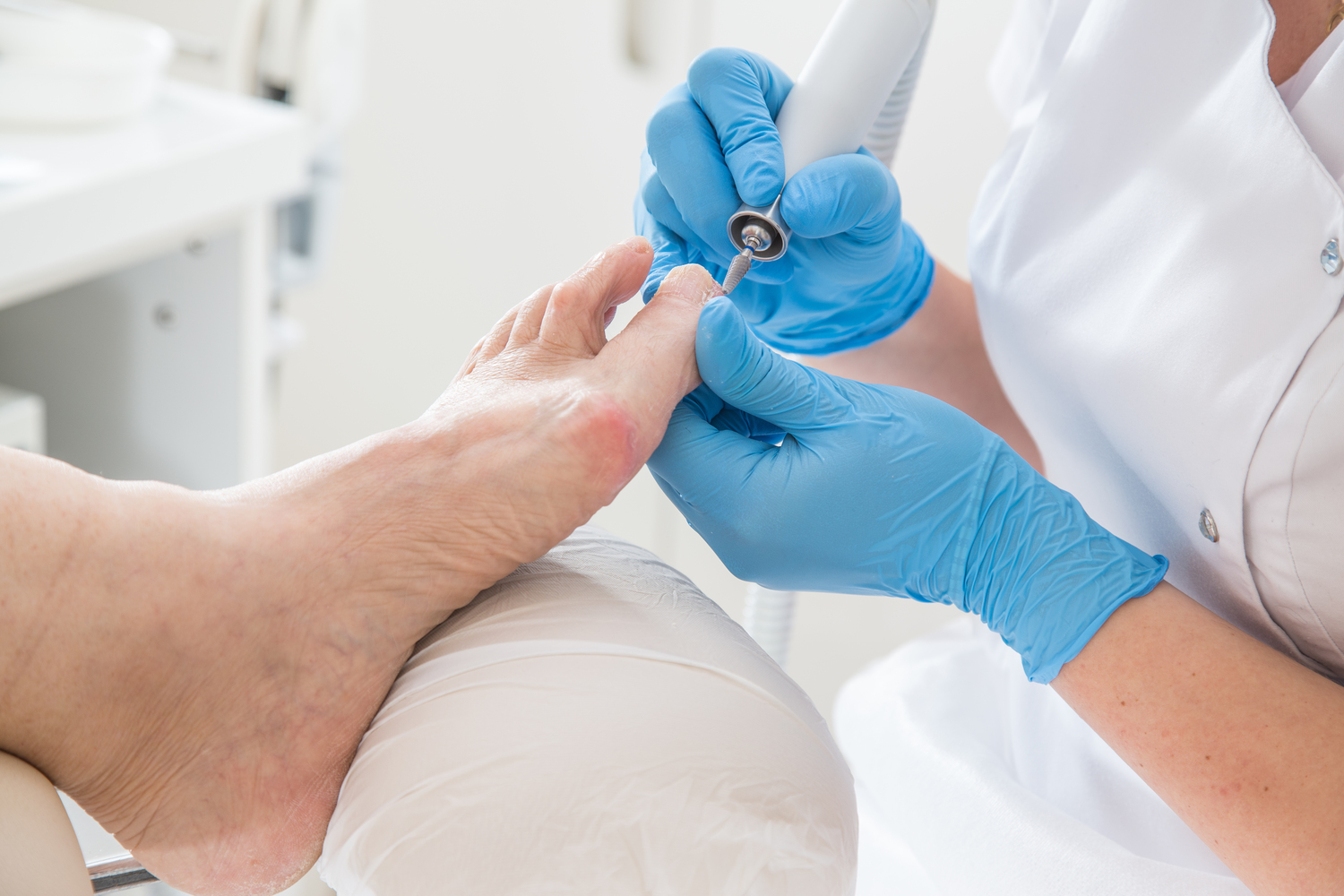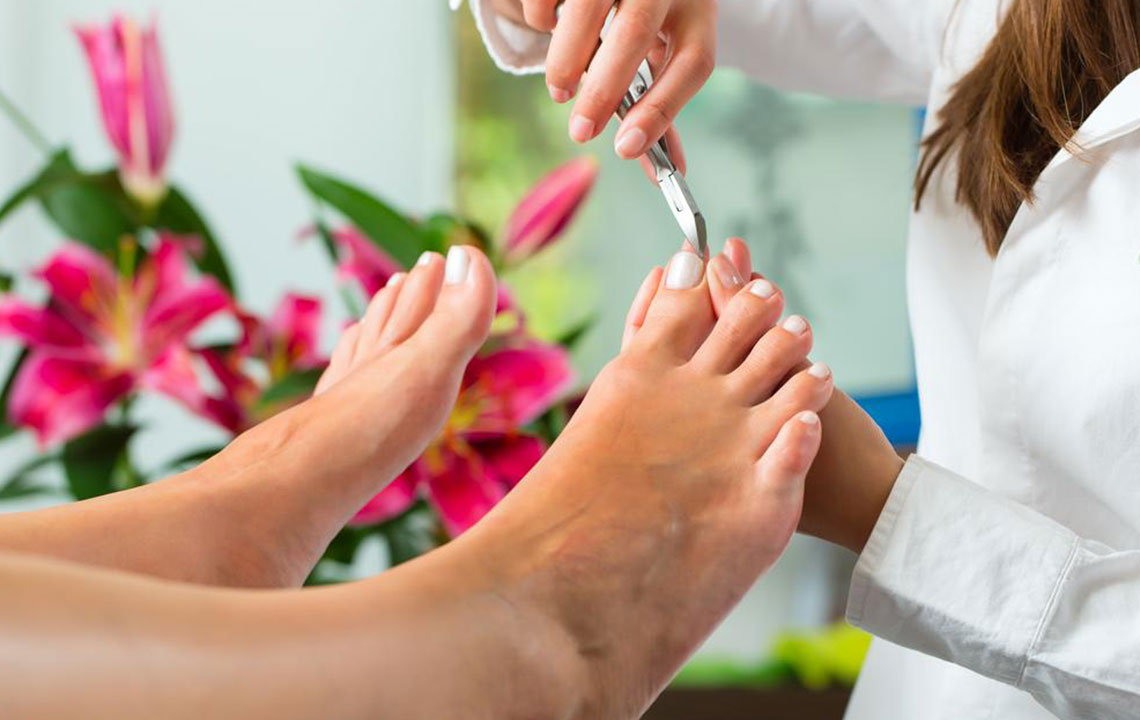Effective Solutions for Toenail Fungal Infections: Symptoms, Causes, and Home Care Tips
Learn about toenail fungus, its signs, causes, effective home remedies, and essential precautions. Early detection and proper care can prevent lasting damage, with professional consultation advised for severe cases. Maintain foot hygiene to stay protected.
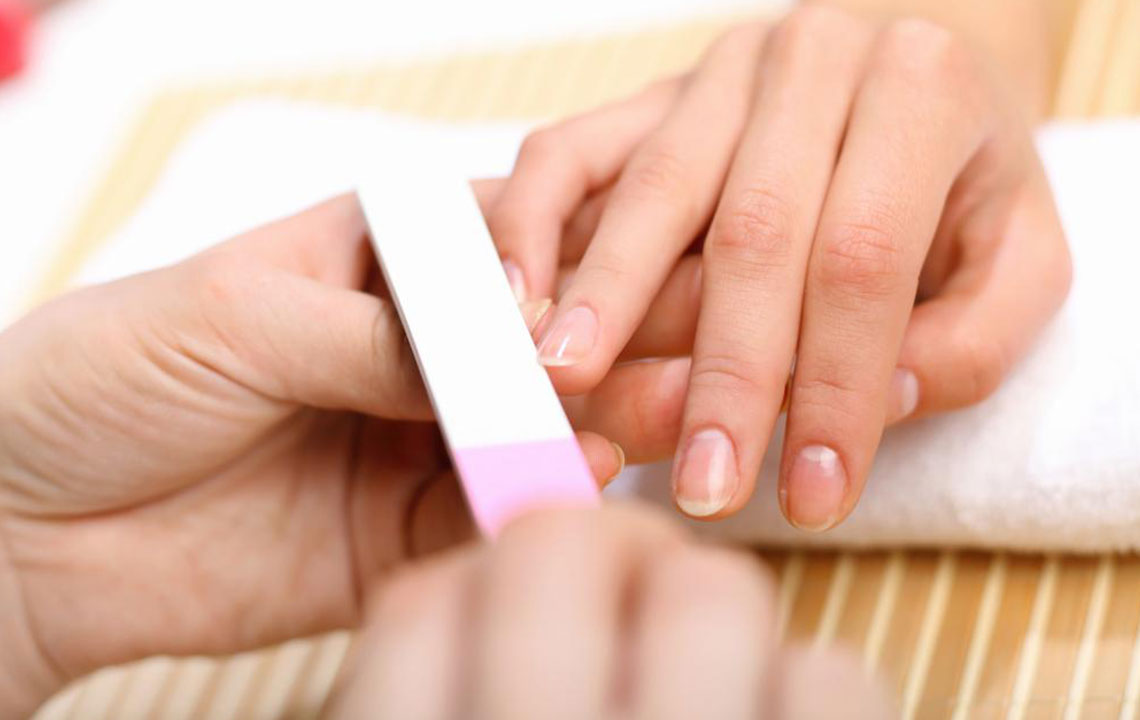
Effective Solutions for Toenail Fungal Infections: Symptoms, Causes, and Home Care Tips
Have you noticed white or yellowish patches beneath your toenails? These are common signs of a fungal infection called onychomycosis, especially prevalent in humid conditions. While not always severe, toenail fungus can cause discomfort and damage to the nail. It’s important to act promptly to manage this condition effectively.
This infection typically occurs when the toes remain moist or warm for extended periods. It affects toenails and surrounding skin, making them brittle, discolored, and sometimes odorous. Due to lower blood flow, the toes are more vulnerable than fingers, and the immune response is less effective.
The condition can be painful and lead to lasting damage if left untreated. Home treatments and medications are available, but consulting a healthcare professional is recommended for persistent cases. Dermatologists and podiatrists can provide tailored advice based on severity.
Early detection is key. Symptoms include white or yellow patches under or around the nail, nail cracking or deformation, foul smell, and mild pain. Factors like poor-quality manicure products, tight footwear, excessive moisture, and underlying health issues such as diabetes can increase susceptibility. Close contact with infected individuals or walking barefoot in public areas like pools and gyms also pose risks.
Home remedies that may help include vinegar, which has antifungal properties, mouthwash containing thymol, tea tree or oregano oil applied directly, and coconut oil with fatty acids to curb infection. Medical treatments such as medicated nail polish or creams, and in severe cases, surgical removal of the damaged nail, might be necessary.
Precautions include thorough cleaning and drying of toes, regular nail trimming, using sanitized tools, wearing moisture-wicking socks, and avoiding tight shoes. Maintaining good foot hygiene can prevent recurrence. If symptoms persist, seek professional medical advice promptly.
Note: While home remedies and precautions are helpful, consult a healthcare provider for persistent or severe symptoms. Early treatment can prevent complications and restore nail health.

